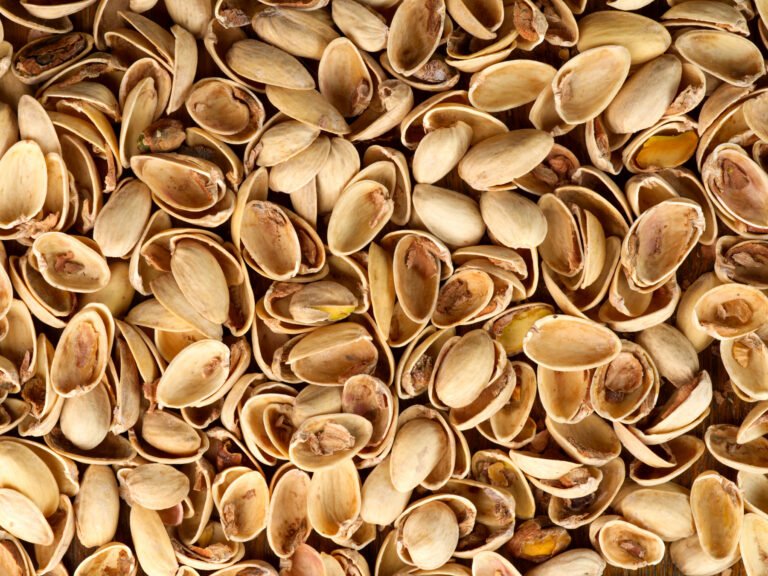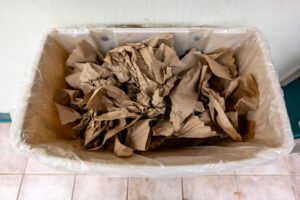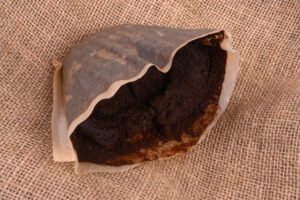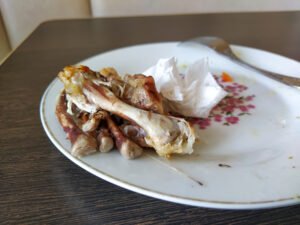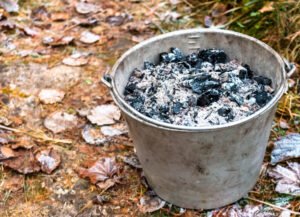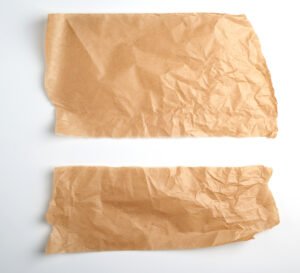Pistachio nuts are a guilt-free snack and come with numerous health benefits. But what about their shells? Did you know they are also beneficial to your garden? But how? Can you compost pistachio shells? And how long do they take to decompose? Let’s dig in!
Key Takeaways
- You can compost pistachio shells as they add bulk to your soil, improving aeration and moisture retention in the compost.
- Pistachio shells can be easily composted through Hot Composting and Vermicomposting; the steps to these methods are explained below!
- These shells keep the pests and slugs away from the compost.
- If using salted pistachio shells, make sure to soak them overnight in water to eliminate the salt. For more tips, benefits, and uses of pistachio shells, read along!
How to Compost Pistachio Shells
Pistachio shells are a great addition to your compost pile. They are nutritious brown materials that provide texture to the compost.
However, if you want them to decompose quickly, soak the shells in water for 24 hours and crush them before composting.
Pistachio shells can be composted efficiently and effectively through two methods:
- Hot Composting Method
- Vermicomposting
1. Hot Composting Method
Because the pistachio shell is hard, it needs a high temperature and vigorous action of microbes to break down. Therefore, the hot composting method is appropriate for composting pistachio shells.
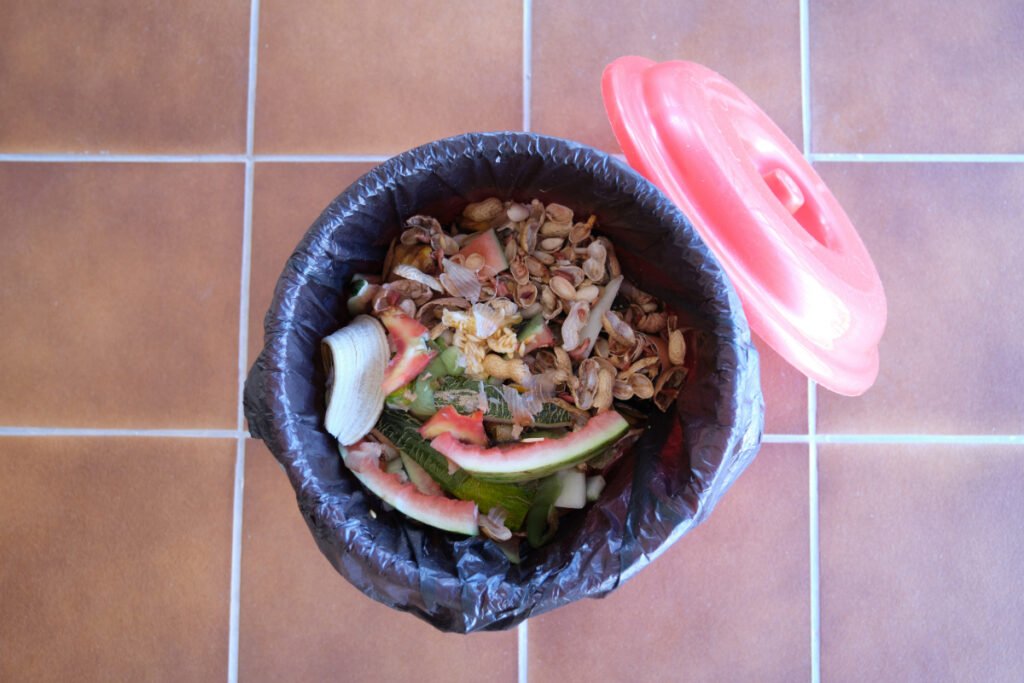
Follow the given steps to compost pistachio shells through the hot composting.
Step 1. Wash the Pistachio Shells and Dry Them
If the pistachio shells are unsalted, you can simply crush them and compost them.
If your pistachio nutshells are salted, wash them and soak them overnight. Salt may increase sodium concentration in the soil, causing wilting in plants. Besides, soaking will also soften them, making them easier to decompose.
Step 2. Crush the Shells
Pistachio shells are hard and may take up to 2-3 years to break down entirely if tossed as a whole. So, you must compost crushed pistachio shells for faster results.
You can break the shells with a hammer or grind them in a coffee grinder. If you have soaked the shells already, you can directly compost them or dry them and then crush them.
Step 3. Prepare the Bed
Mix the ground pistachio shells with other brown materials like dried leaves, shredded newspaper, cardboard, and wood chips, and make the first layer using this brown stock.
Step 4. Add Green Materials
Add food waste like tea bags, coffee grounds, eggshells, and peels of fruits and vegetables to the compost bin.
Chop all food scraps into small pieces to accelerate composting.
Step 5. Repeat the Layers
Alter brown and green layers until you are done with all the waste. Make sure to distribute the pistachio shells evenly in different layers to improve aeration and increase the water holding capacity.
Step 6. Maintain the Compost Pile
Monitor the moisture levels in the pile and water accordingly. Also, rotate the pile once in 2 weeks to aerate it.
Pistachio nut shells take 8-12 months to decompose completely when composted properly.
2. Vermicomposting
Ground pistachio shells would act as grit to the worms, and they enjoy it thoroughly. So worm composting is another efficient way to compost pistachio shells.
However, the salt in the shells might attract disease-causing microbes and harm the worms. So make sure the shells are salt-free.

Here are the steps you need to follow to compost pistachio shells in the worm bins.
Step 1. Set Up a Worm Bin
Get a worm bin or make one with a plastic container by drilling holes across it and cover it with a wire mesh. Place the bin in a shady spot with minimum light and disturbance.
Step 2. Soak the Pistachio Shells and Dry Them
Soak the shells in water for 24 hours; this is critical if they are salted. Then take them out and dry them under the sun.
Step 3. Crush the Shells
You need to crush the pistachio shells into small pieces as the finer pieces will be easier for the worms to ingest.
Avoid blending the pistachio shells into powder while vermicomposting, as the worms love some grit to digest.
Step 4. Prepare the Bedding
Shred newspaper into 1-inch pieces and make an 8-inch high layer at the bottom of the bin. You can also add shredded cardboard or dry leaves.
Then add a layer of soil and dampen it.
Spread the ground pistachio shells evenly over the soil. If you have a bag full of pistachio shells, you can skip the soil and add the ground shells directly.
Step 5. Add Food Scraps
Add food scraps to the worm bin and leave them for up to two weeks to decompose. Cover the worm bin with a lid to keep animals and rodents away.
Step 6. Add Worms to the Bin
It’s time to add red wigglers. Once you add the worms, they start to feed on the food waste and bacteria and release the castings (vermicast), which you can use to nourish your plants.
Cover your worm bin with damp gunny bags to provide a suitable environment for the worms.
Step 7. Maintain the Bin
Feed your worms with food occasionally to keep them healthy. You must maintain the correct moisture level in the bin as the worms breathe through their skin and may die if there is insufficient moisture.
Moreover, turn the compost mix once in a while for aeration.
Vermicompost made with pistachio shells will be ready within 8-12 months. You can scoop the finished worm castings from the top of your worm bin.
Even if you find any shells in the vermicompost, you can still use the compost in the garden as they will decompose further in the soil.
Benefits of Composting Pistachio Shells
Pistachio shells are carbon-rich materials and add structure to the compost that helps the plant growth. Below are other benefits of composting them that you must know.
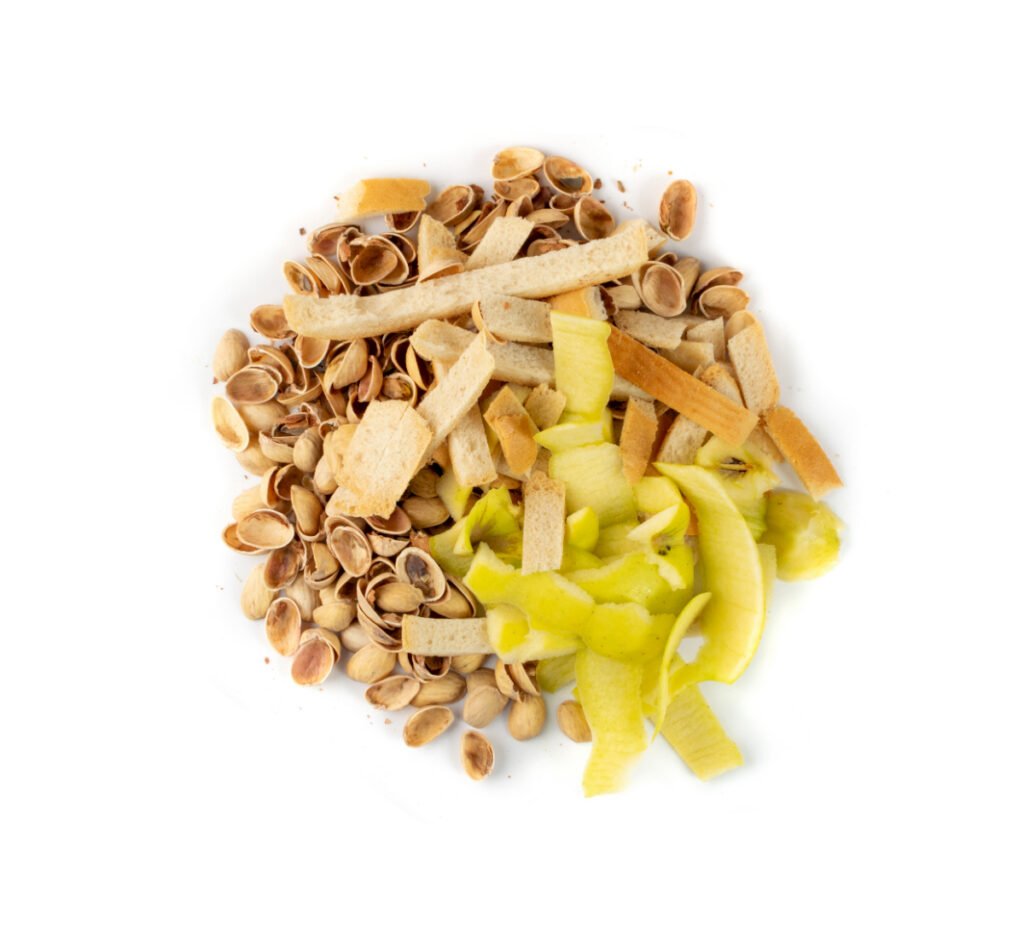
- Pistachio shells encourage water retention in the compost. They absorb the water and release it naturally during the breakdown process.
- Pistachio shells help in aeration in the compost pile.
- They add bulk to the soil and help plants grow healthy roots.
- Pistachio shells deter slugs and insects, keeping your compost healthy.
- It is eco-friendly and reduces waste going to landfills.
- It adds organic matter to the soil and reduces the need to use synthetic fertilizers.
- It encourages the production of beneficial microbes and aids in the decomposition process.
Additional Tips for Composting Pistachio Shells
Being hard in nature, pistachio shells might not compost properly! So, here are a few essential tips to remember when composting them!
- Only use unsalted pistachio shells for composting. Excess salt would deter useful bacteria in your compost pile and may attract unwanted pests.
- As the shells are tough, crush them before adding them to the compost bin.
- Since the decomposition of shells takes time, you can collect the finished compost to avoid the waste piling up.
- Maintain a balance of brown and green materials to get rich and healthy compost.
Other Uses of Pistachio Shells In Garden
Apart from being a great addition to the compost, pistachio shells have a few other interesting uses for your garden:
- To Improve Drainage for Your Houseplants: Pistachio shells act as a great source of drainage for your houseplants. Line the bottom of your planter with the shells before you fill in the soil, and the shells will soak the excess water.
- Bury them Directly Around Plants: You can crush the unsalted pistachio shell and sprinkle it around your plants. This will encourage drainage, make the soil porous and improve its water holding capacity.
- Use As Mulch: Unsalted Pistachio shells are best for mulching shrubs, trees, and other plants in acid soils. Mix them with dried leaves and spread them around your plants. This will help control weeds, keep the soil moist and add nutrients to it.
- Use to Deter Pests: Pistachio shells can be used as a pest control agent as pests dislike the odor from the shells and thus stays away. They can be used to deter squirrels, raccoons, chipmunks, and cats from digging into the soil near your plants. Moreover, salted pistachio shells can keep snails and slugs away.
- Use as a Filler for Potted Plants: Herbs, lettuce, and other small plants have short roots, and mostly, the bottom of the soil in planters goes wasted. To avoid this, fill your potted plants with pistachio shells and add garden soil over them.
How long does it take to compost pistachio shells?
Pistachio shells take up to 8-12 months to decompose completely if they are crushed and used in the compost. However, if you toss the whole pistachio shells into your compost, it might take 2-3 years to break down.
Are pistachio shells good for the soil?
Pistachio shells work wonders in the soil by adding bulk and improving soil structure. They act as organic mulch, retain moisture, help in aeration, and provide soil nutrients.
Can you compost nut shells?
Most of the nutshells, like peanut shells, walnut shells, and pistachio shells, are good for composting. They are a carbon source for the compost and add bulk and nutrients to the soil.
Pistachio shells are good for your compost as long as they are not salted. It supplements your compost pile with bulky brown material that adds structure to the compost. So, don’t forget to compost the shells next time you munch on pistachios.
Like pistachio shells, if you are wondering whether you can compost peanut shells or not, you can find a detailed guide here.
Happy Composting!
